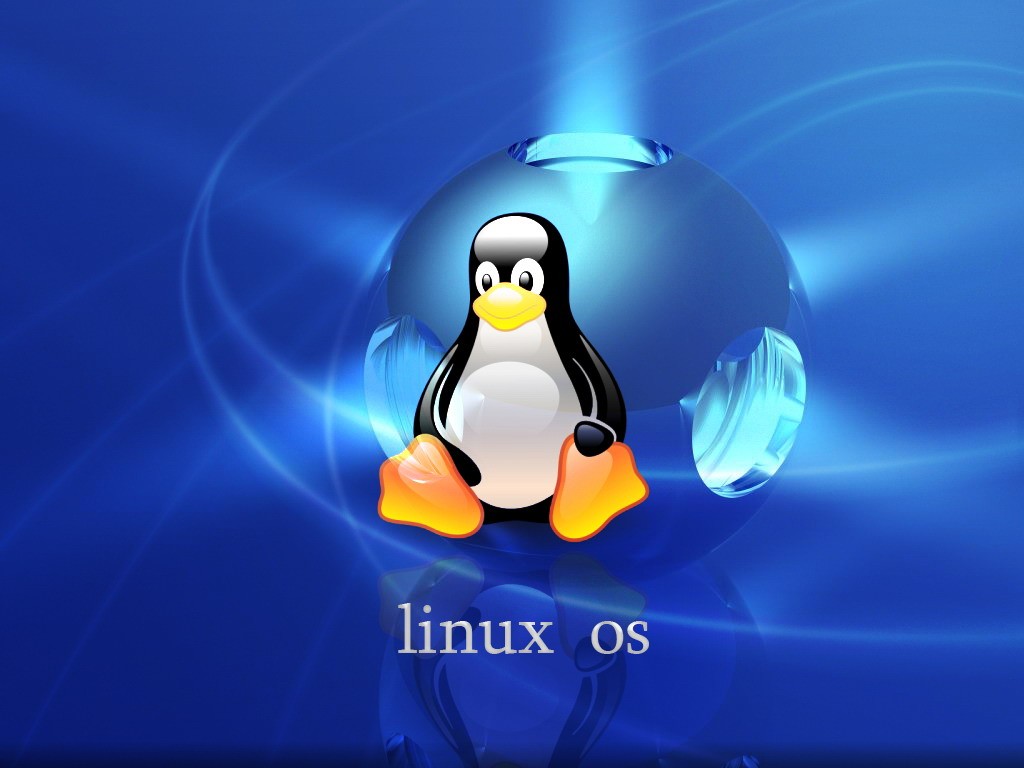Mastering Linux: A Practical Guide to the Linux Operating System

About Course
Are you ready to unlock the full potential of one of the most powerful and widely-used operating systems in the world? Mastering Linux: A Practical Guide to the Linux Operating System is your hands-on journey into the world of Linux — from its foundational concepts to advanced system administration, networking, and DevOps practices. Whether you’re a complete beginner or someone looking to solidify your Linux skills, this course demystifies the Linux ecosystem with real-world insights, practical labs, and step-by-step walkthroughs.
As you navigate through the Linux terminal, build scripts, configure networks, manage users, and even deploy cloud-based solutions, you’ll gain the confidence and expertise to handle real-life scenarios. With the rise of open-source technologies and Linux’s critical role in servers, cybersecurity, cloud platforms, IoT, and DevOps pipelines, this course equips you with an invaluable skillset that is highly sought after in today’s tech-driven landscape. Join us to transform your understanding of technology and empower your future in IT!
Course Content
Introduction
What is an Operating System?
00:00Brief Overview of Linux
00:00Advantages of Linux
00:00Importance of Learning Linux
00:00